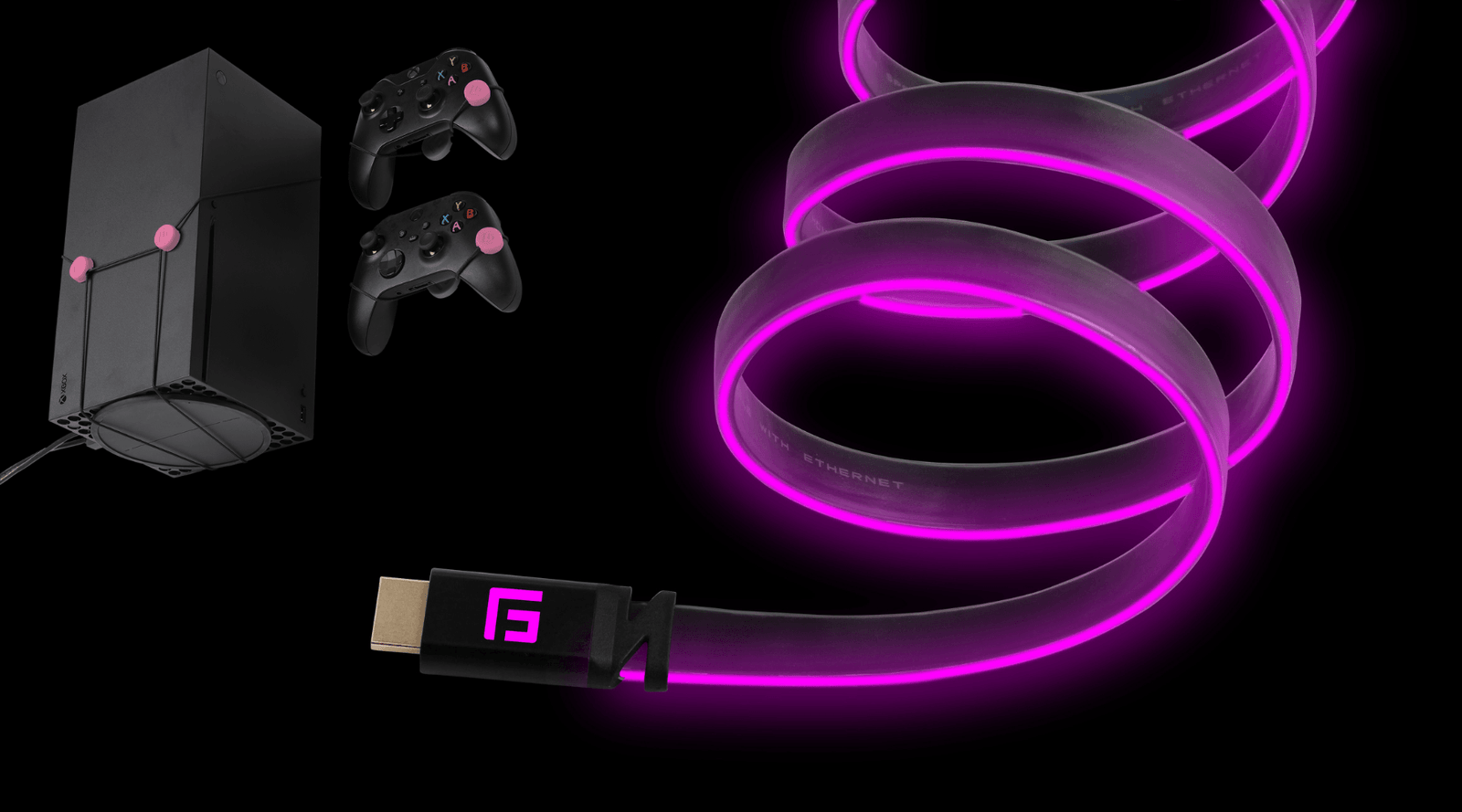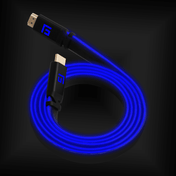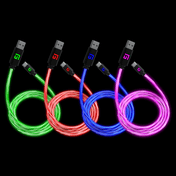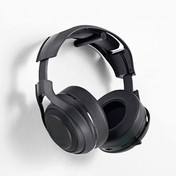In the dynamic realm of gaming, HDMI cables often remain in the shadows, yet they play a pivotal role in bringing vibrant graphics and uninterrupted gameplay to the fore, enriching the gaming universe.
One pressing question that echoes in tech circles is: 'Are all HDMI cables the same?'. To the layman, they might appear identical. Yet, when you dig deeper, you'll realize that as the AV landscape advances to accommodate the demands of 4k, 8k, and escalating data transmission rates reaching 48Gb, there is an undeniable need for performance-centric HDMI cables. This has led to the introduction of distinct HDMI Standards that guarantee the varying capabilities of different cables.
HDMI Standards and Their Distinct Capabilities
| HDMI Standard | Bandwidth (up to) | AV Capabilities |
|---|---|---|
| Standard HDMI | 4.95Gbps | 1080p |
| High Speed HDMI | 10.2Gbps | 4K24 (4K 24 fps), HDR, wide colour gamuts |
| High Speed HDMI with Ethernet | 10.2Gbps | 4K24 (4K 24 fps), HDR, wide colour gamuts, added Ethernet channel |
| Premium High Speed HDMI | 18Gbps | 4K60 (4K at 60 fps), 4:4:4 chroma sampling, 8K at reduced frame rates |
| Ultra High Speed HDMI | 48Gbps | Uncompressed 8K video - 8K60, 4K120 |
Standard HDMI: This earlier version, now deemed obsolete, has been substituted by the High Speed HDMI as the 'baseline' tech. Primarily used for older consumer devices, it's competent in transmitting 1080i or 720p. While it's still somewhat available, it isn't the preferred choice given the incapability to support advanced resolutions, refresh rates, or the newest bandwidth requisites.
High Speed HDMI: The new 'norm', this cable can manage 1080p resolutions along with display tech like 3D, Deep Colour, and 4K at 30Hz. Perfect for conventional 'HD' devices such as Blu-Ray and older gaming consoles. An offshoot, the High Speed HDMI with Ethernet, integrates an extra data conduit for networking devices. However, the Ethernet functionality is only operable when both connected devices and the HDMI cable have HDMI-with-Ethernet compatibility and activation. Notably, HDMI-with-Ethernet can replace a 'non-Ethernet' cable since they're intercompatible.
Premium High Speed HDMI: Tailored for consistent 4K/UHD up to 4K60 and HDR support, this standard is encapsulated in the Premium HDMI Cable Certification Program. This ensures a full 18Gbps bandwidth from the HDMI 2.0b spec coupled with an EMI test for interference minimization with wireless transmissions. Authentic cables in this category will have the designated assurance label, embedded with a QR code confirming its endorsement by the official HDMI Forum.
Ultra High Speed HDMI: This trailblazer complies with the Ultra Certification Program, aligning with specs that bolster 8k@60, 4k@120, and a mammoth bandwidth of up to 48Gbps. Moreover, it champions additional video utilities such as HDR, VRR, eARC, and all the other bells and whistles of HDMI 2.1.
In essence, for those aiming to fine-tune their gaming proficiency and enrich the overall experience, a top-tier HDMI cable is non-negotiable.
The Evolutionary Journey of HDMI Technology
Introduced in 2003, HDMI cables have traversed an evolutionary trajectory, revolutionizing audio-visual interactions.
The contemporary HDMI cables have undergone numerous iterations since inception. For those eyeing the latest in HDMI technology, the HDMI 2.1 variant is available.
| HDMI Version | Year | Key Features |
|---|---|---|
| HDMI 1.0 | 2003 | Unified audio and video signals, supporting resolutions up to 1080p. |
| HDMI 1.3 | 2006 | Supported 1080p and integrated advanced audio formats like Dolby TrueHD and DTS-HD Master Audio. |
| HDMI 1.4 | 2009 | Facilitated 3D content via HDMI and integrated an Ethernet channel. |
| HDMI 2.0 | 2013 | Ushered in the 4K era, supporting 60 fps and enhancing bandwidth to 18 Gbps. |
| HDMI 2.1 | 2017 | A significant advancement, endorsing resolutions as high as 10K and refresh rates reaching 120Hz. |
Modern Breakthroughs in HDMI Technology
Since their inception, HDMI cables have been on a transformative voyage, consistently enhancing our engagement with audio and video content.
Some salient milestones in HDMI technology include:
-
HDMI cables now accommodate state-of-the-art audio formats such as Dolby Atmos and DTS:X, ensuring an audio-visual feast.
-
With the advent of 4K, users are treated to unmatched clarity and intricacy in multimedia.
-
The integration of a 120Hz refresh rate guarantees fluidity in visuals, diminishing motion blur and intensifying gameplay.
Envisioning the Future with FLOATING GRIP HDMI Cables
FLOATING GRIP's HDMI cables are synonymous with forward-thinking, offering unmatched visual and auditory excellence, complete with support for avant-garde audio formats, 4K resolution, and elevated refresh rates.
When amalgamated with FLOATING GRIP's trailblazing wall mounts, these cables guarantee an immersive, clutter-free gaming realm.
Immerse yourself in the world of tomorrow, refine your entertainment infrastructure, and amplify your gaming escapades with FLOATING GRIP's unparalleled HDMI cables today!
FAQs
Do FLOATING GRIP HDMI Cables support 8K? Certainly! FLOATING GRIP HDMI cables are tailored to seamlessly support 8K resolution, amplifying visual fidelity in gaming and other multimedia.
Are advanced audio formats compatible with your HDMI cables? Indeed, FLOATING GRIP HDMI cables are meticulously crafted to relay sophisticated audio formats, promising an immersive auditory journey.





